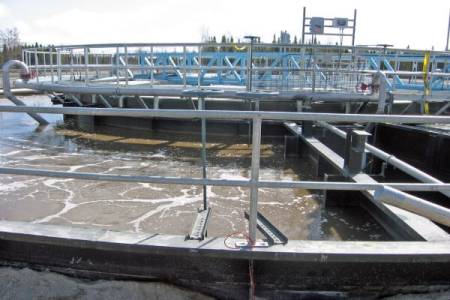
The Extended Aeration Process represents a significant advancement in wastewater treatment, offering superior effluent quality and operational flexibility compared to conventional activated sludge systems. This robust and reliable process is particularly well-suited for smaller communities and industrial applications where consistent, high-quality effluent is paramount.
What is Extended Aeration?
Extended aeration is a modification of the activated sludge process characterized by a significantly longer aeration period – typically 6-24 hours, or even longer – compared to the conventional 4-8 hours. This extended aeration time allows for a higher degree of organic matter removal and nitrification, resulting in a cleaner and more stable effluent. The process operates at a lower mixed liquor suspended solids (MLSS) concentration than conventional activated sludge, leading to smaller footprint requirements in some applications.
Key Benefits:
Suitable Applications:
Technical Considerations:
Conclusion:
The Extended Aeration Process presents a compelling solution for wastewater treatment, offering a balance between effluent quality, operational simplicity, and cost-effectiveness. Its robustness and ability to achieve high levels of treatment make it a valuable option for a wide range of applications. A detailed feasibility study and professional engineering design are crucial for successful implementation.